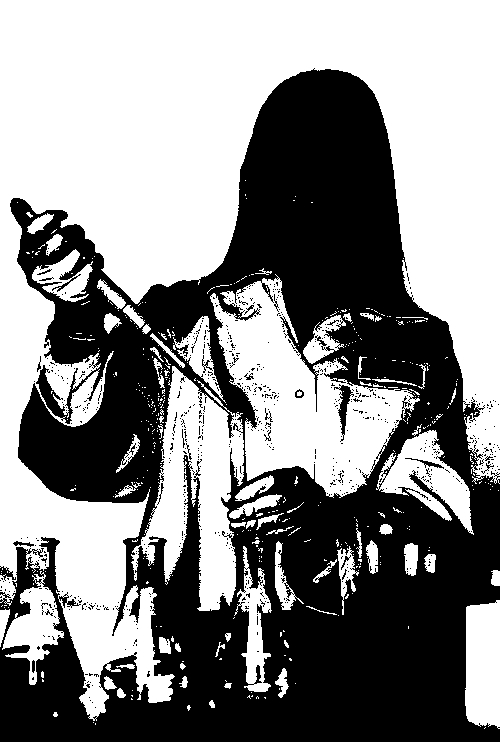Scientists report COVID backlash
 Over a third of the COVID-19 researchers in a recent survey never experienced harassment until the pandemic began.
Over a third of the COVID-19 researchers in a recent survey never experienced harassment until the pandemic began.
The journal Science has published the results of a survey of 510 researchers behind papers on COVID-19.
Since early in the COVID-19 pandemic, scientists around the world have been targeted by people who believe that the pandemic is a hoax, that the virus was created intentionally to cause harm, or that vaccines are dangerous.
In the survey, 38 per cent of respondents reported at least one type of attack. Publicly taking certain positions – for instance, against the use of ivermectin to treat COVID-19 without sufficient evidence for its efficacy – had particularly strong links to harassment.
However, the pandemic appears to have struck at a time when polarisation was already on the rise, so even though it was the first experience of abuse for some scientists, many others said the pandemic only made things worse.
In a separate survey of over 44,000 members of the American Association for the Advancement of Science (AAAS), Science’s publisher, scientists were asked not about harassment during the past two years, but over their entire careers.
In that survey, 51 per cent of respondents reported receiving at least one kind of harassment, sometimes continuing for decades.
“Although the [AAAS] results are impossible to compare directly to the COVID-19 survey—which only looked at the past 2 years—they indicate that harassment is not new or limited to COVID-19,” said researcher Cathleen O’Grady.
A Nature survey published in October 2021 focussed only on those COVID-19 researchers who spoke to the media, and found 81 per cent of 321 COVID-19 scientists who spoke to the media reported receiving at least occasional personal attacks.
Researchers exploring the dynamics behind such attacks against scientists point to phenomena like “networked harassment” – abuse by swarms of people who share social media networks – and by activity from pundits, politicians, and commentators who purposefully court conflict on social media.
Some commentators say increased attention to the new victims may be the catalyst for research institutions to finally pay attention to the issue.
Universities that encourage public communication need to recognise that they are exposing researchers to a hostile environment, and that the impact of this may fall disproportionately on people from more marginalised groups, the experts say.
Lyndal Byford - Director of News and Partnerships at the Australian Science Media Centre - says the findings match Australian surveys too.
“This report echoes the findings of our own survey, with one key difference, which is the impact of media exposure on the level of harassment scientists experience. This survey suggests that 38 per cent of COVID-19 scientists had experienced harassment, whereas our survey found that the level of harassment among Australian scientists who spoke to the media was much higher, at around 62 per cent,” she said.
“While these results aren't directly comparable, they do indicate the role the media can play in focusing the burden of harassment on the shoulders of scientists who take time out to communicate with the public.
“In fact, this Science survey also found the amount of harassment COVID-19 scientists experienced was linked to the amount of attention they received on social media, in news stories, and as policy advisers.
“Scientists engaging with the media must be better prepared and supported if we want them to keep informing the public about important challenges we all face, such as the pandemic and climate change.”








 Print
Print